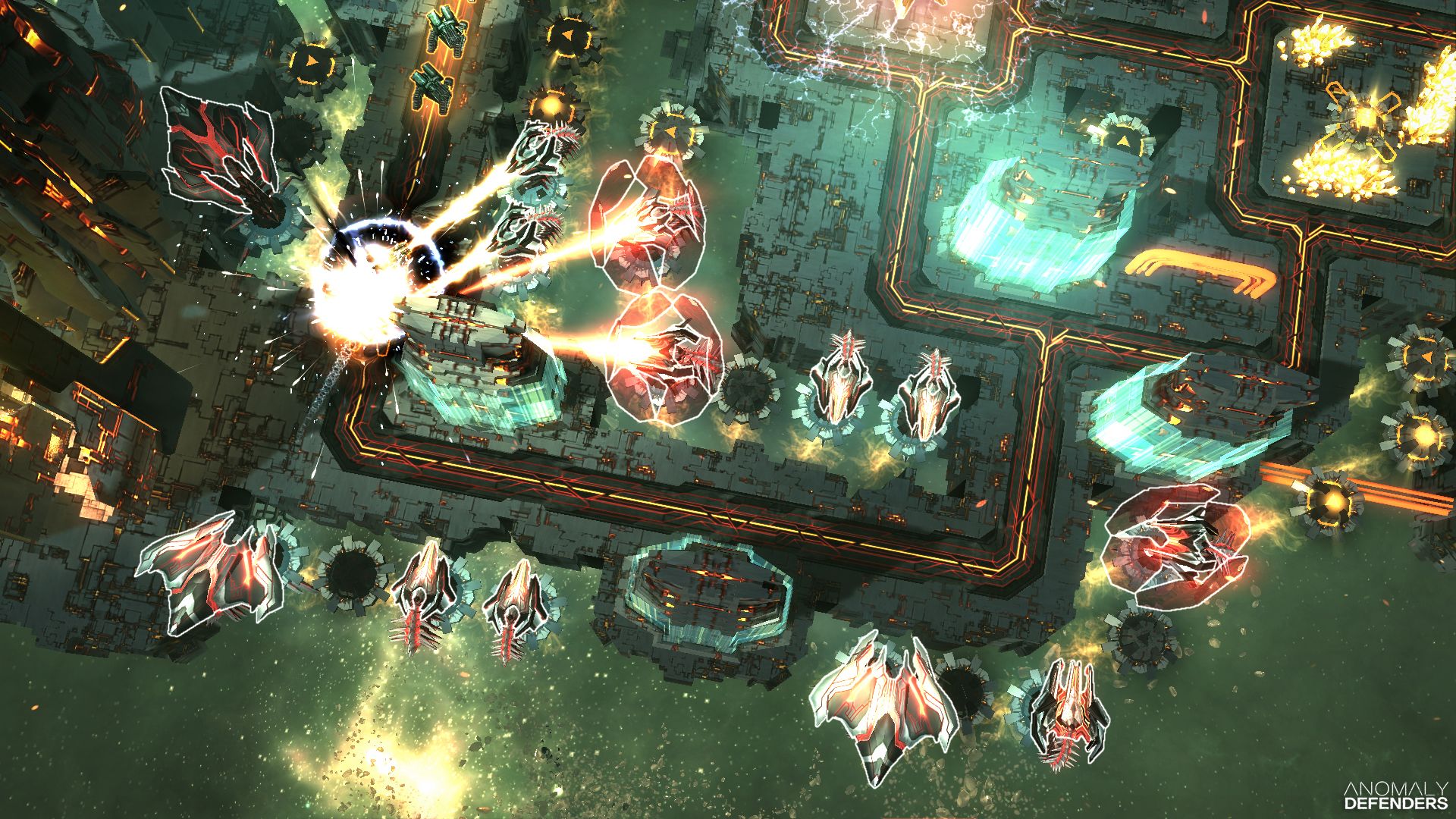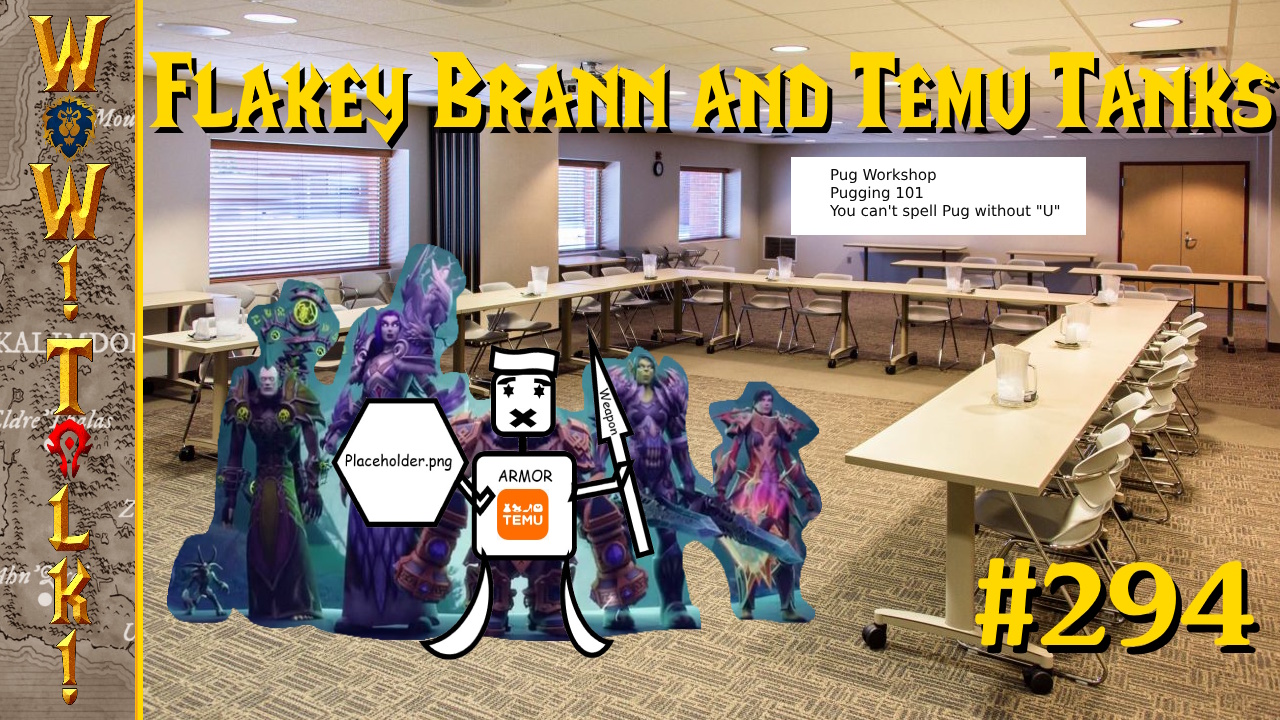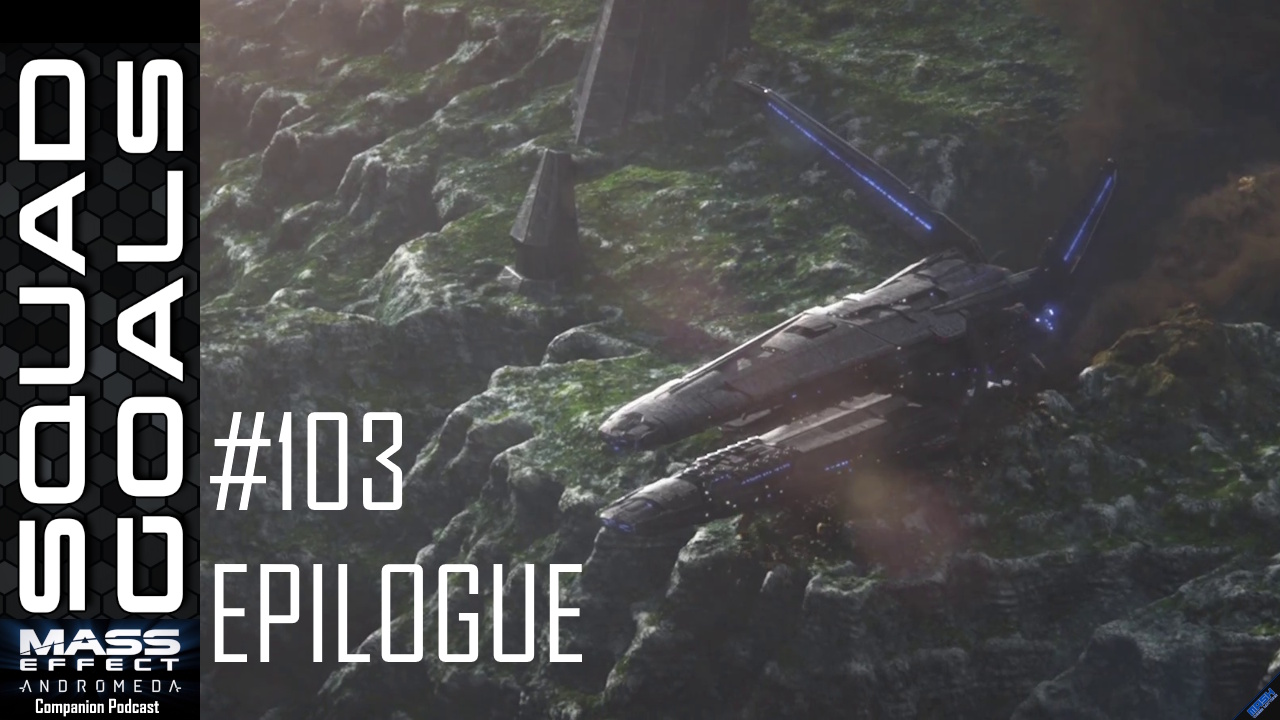Anomaly War Zone brought a welcome change to the Tower Defense genre with its reverse Tower Defense strategy, allowing the player to control the train of units trying to make it through fields of towers to reach their destination. Anomaly Defenders flips that once again by reversing the reverse Tower Defense formula (also known as regular Tower Defense), allowing players to play the other side of the conflict – the alien machines that you have been destroying for most of the series now. I thought the concept was cool from a story perspective, finally getting the chance to play the other side and see what the point of view is from the alien’s side. Unfortunately, you don’t get much more insight than “oh shit, we lost on Earth and now they are coming after us.” There isn’t much plot here, but it’s not like the Anomaly story so far was that enthralling anyway, so I’m fine with the development time focusing on the gameplay.
Like most Tower Defense games, you will need to build up resources in order to afford towers. Extractors provide a steady flow of resources, but eventually run out. Not a big deal because you get resources every time you destroy an enemy unit, but when you’re coming within the last few waves of an attack and you desperately need cash to do some last minute upgrades, it can seem like one. There are very specific areas where you can place towers along the track. Paths are fully defined and enemies are attracted to Extractors, so by placing them wisely across the level you can take the guess work out of determining which direction enemies will go and place towers appropriately.
Despite having no grid system, some towers are bigger than others and therefore require more space. For example, Behemoths cannot have another tower within a certain radius. If you have three tower spots and you place the Behemoth right in the middle, you’ve just blocked two other spots when you could have kept at least one available. The towers that typically do the most damage or have the longest range have a large radius they need to operate. Luckily not all spots are placed directly next to each other, and it is quite easy to see when spots are placed a bit farther away for you to use those larger towers. In the earlier levels it felt like this cut into the strategy portion a bit, because if I saw a spot that had a lot of space around it I absolutely knew that I needed to place a large tower there. Later on this becomes a bit hazy, as placing larger towers in some spots turns out for the worse.
It felt like there weren’t that many towers to choose from. Anomaly never had that large of a unit selection, but at least with the other games the few creep units you had could transform into a second mode that changes their function and/or damage output. The first few towers you get have their own thing that makes them special, but still feel multi-purpose. The second tower you get is surrounded by energy shields that make it great against hard-hitting, slow firing units, but at the same time it hits all units with the same power and strikes both air and ground units. As you progress it feels like the towers get a bit more specialized. You get one tower that is specifically geared for taking down shields, but is pretty useless otherwise, and another tower that is great against air, but just a waste of space against anything else.

By the time I got these towers I had upgraded my other towers so much that, while they helped, they weren’t necessary. Placing them sometimes was more harmful to my overall strategy because they took a spot that could be filled by a more useful tower. This also brings up one of the other problems I had with the game – how the towers were unlocked. You get tech points after each mission which are used to unlock and level up towers, buffs that allow you increase armor or reduce the price of towers, and abilities. The problem is you need to wait until you hit certain stages for some of these towers, buffs, and abilities to become available for unlocking. I understand that the devs didn’t want to give you all of the goodies at once, but some of this stuff didn’t become available until close to the end of the game, which means I barely got any time to play with them.
I think it would have been better if all of the towers were available by mid-game, leaving me to to spend my tech points on upgrading the towers as the levels got harder. I still had to worry about leveling up abilities and buffs as well, so it’s not like I would be sitting around at the end of the game with a bunch of unused tech points. Upgrading your abilities and buffs are just important as upgrading your towers. If you find yourself in a late game emergency where you lost a bunch of key towers to a well-formed group, you’ll be glad you upgraded the buff that lowers the cost of towers. You’ll find that you are constantly using abilities as well which allow you to do things like put a temporary shield around your towers, increase DPS, release a EMP on enemy units, and most importantly, heal.
This is one of the things that makes Anomaly Defenders different from other Tower Defense games – you need to remain active as a player. In many Tower Defense games you place your towers and then watch to see if your configuration can take out the creeps that come through. In this game you’ll need to pay attention to what is happening on the field so that you don’t lose any towers. The enemies hit hard, and if you’re not paying attention you can find yourself with a lot of destroyed towers. Deploying the health or shield power a second too late can lead to a domino effect of towers getting destroyed. To use your abilities you need to use points. You get some at the beginning of each level, but the only way to get them once the game has started is from enemies who drop them when they die.
The game takes a sharp difficulty leap about a third of the way into the game. Not only are creep combinations put together to be more effective, but regenerating shields are added, and you’ll find that most of your levels include two to four deployment locations for creeps; so more get out at one time. On top of that, environmental effects are added, like meteors falling from the sky that destroy towers, or lighting striking an area and disabling all of the towers. This adds a LOT of tension to the game, with me barely holding in the final stages of the game, frantically trying to keep my towers alive. Not what I was expecting anything else since other Anomaly games seemed to have a steady difficulty increase all the way until the end of the game.
I enjoyed Anomaly Defenders, but I’m not so sure I can say it’s a must-have. While it does set itself apart from other Tower Defense games, it’s still not as unique as the other Anomaly games that made me enjoy the series due to it being a more traditional Tower Defense. I think more traditional Tower Defense fans will enjoy the game, and particularly enjoy the challenge as you get later in the game. It has 24 levels that require well thought out tactics, and with multiple difficulty levels promoting replay-ability, I think the $10 price tag is more than fair.





